Ever wonder what life was like on the inside of a working castle? When we toured Marksburg Castle in Braubach, Germnay last spring we were given a detailed look at what life would have been like centuries ago in the Middle Ages. Because this was a protective fortress more than a palace for royalty, it might be a little different than what you may think.
I have been telling you about my visit to Marksburg Castle for a while now and promised you a peek inside. After visiting the Herb Garden, we were taken inside to the Wine Cellar.
And remember I told you that our tour guide had to let us in each gate with a huge iron key? You can see it above in her hand as she explains processes in the Wine Cellar.
We are in the central keep area of the castle and the Wine Cellar is set in the seventeenth century. Wine would have been essential to castle life. In fact, it along with other ales was the drink of choice at any time of the day. Living on top of the rocky hill, water was used for basic essential functions and was not thought of to be something to quench your thirst or actually be healthy as it is today.
Next we went to the Great Gothic Hall kitchen which dates to the early 1400’s. Look at all those pewter plates!
The kitchen was huge. Since this was a military fortress, there would be lots of soldiers to feed. Here is the medieval spice cabinet. Spices were expensive and important for every day living at the time, so they were kept under lock and key.
This is the fireplace, which is huge. It is hard to tell from this image that my friend June took, but you could fit an entire cow in here (whole) to be roasted and cooked all at one time.
I loved this butcher block. Oh how I would have loved to have brought that home!
I love this shot June took of this little nook area of the game pantry. The light coming through the window is so pretty.
Here is another area of the pantry. I love the stoneware jugs for storing condiments and food stuffs. And that dough bowl. Wow!
And just so you know, this castle, although it was the Middle Ages, it had running water, so to speak. The water was poured from the salt glaze jug (which is amazing) into the sink and when you were done, you just let it run out the drain.
Next we climbed some stone stairs up to the Bed Chamber. Now this is where the ruling family lived, so the term Bed Chamber is kind of misleading. The bed was there, but so were family areas as well. Look at the hinges above in this little nook where lessons were studied by the children. And that light was amazing.
Here was another little nook where music was practiced.
And again, even though it is the Middle Ages, this castle has it’s own indoor necessary. But notice there is not a door? Well, evidently you did not use a door during the Middle Ages. Everyone just went as they pleased no matter who was in the room. Hmmm…
And here is an area where games would be played or socializing and entertaining would occur. So, the Bed Chamber is more than just where the family slept. It is more like a little apartment.
Next we entered the Chapel, or Kapellenturm, which dates to 1372. It was beautifully painted. This is the ceiling.
The Rhine Wing featured a weaving room for weaving flax and it housed other domestic tools.
Everything at the castle had to be brought up the hill or made on site. So, really they did have almost everything they needed to sustain life up top without having to make too many trips down to the village.
Probably one of the most fun areas was the Armory, or Rüstkammer. Here they have a collection of armory dating from 600 B.C. to A.D. 1500. They have complete outfits for the different periods.
They even have horse armor.
And there was armor for children and ladies, including the Chastity Belt at the top. Our guide explained that the popular thinking has always been that women wore these when their husbands were away at battle (and not always by choice) to protect them from any unwanted advances. But our guide said probably the primary and real reason these were used was when ladies traveled. It was used to protect them from robbers and bandits. Either way, if you look closely at the contraption, I think it would be extremely uncomfortable. Oh the burden of life as a lady in the Middle Ages.
These suits of Armor also look uncomfortable. Interesting how the designs changed throughout the years as the latest and greatest modes of protection came about.
Here our friend Jerry tried on one of the helmets. I don’t know how you would know who anyone was, you could not even see his eyes.
We all liked the Viking looking helmet. The Armory has a wonderful collection, one of the most complete in Europe we were told.
Next we headed down to the former Horse Stables to see a display of Torture Devices. This area is under the Great Hall and parts of it date to the 1200’s. This stretcher was used to pull your body from both ends. Very painful we were told.
This diagram shows some of the many ways you would be punished or tortured if you were found guilty of crimes in the Middle Ages.
This set of locks was used for public torture. You were locked in and placed in a public spot and the general population would then pass by you and call out names, throw things at you or you would just be plain humiliated.
The last part of the tour was through the Castle Forge which was a workshop set up in with tools of the time used for making horse shoes and other iron or metal items needed to keep the castle running.
This was also where we found the fourth Gate, the Iron Gate or Eiserne Pforte. It was very interesting to see the working inside of the castle. Not like the fairy tale, princess castles that you normally think about. It was a fun adventure that was part of our Viking River Cruise and I am glad that we chose to take it.
This is not a sponsored post. This is my experience from my trip with Viking River Cruises. Email me to find out how you can save $100 when you book your first cruise with Viking through their referral program.
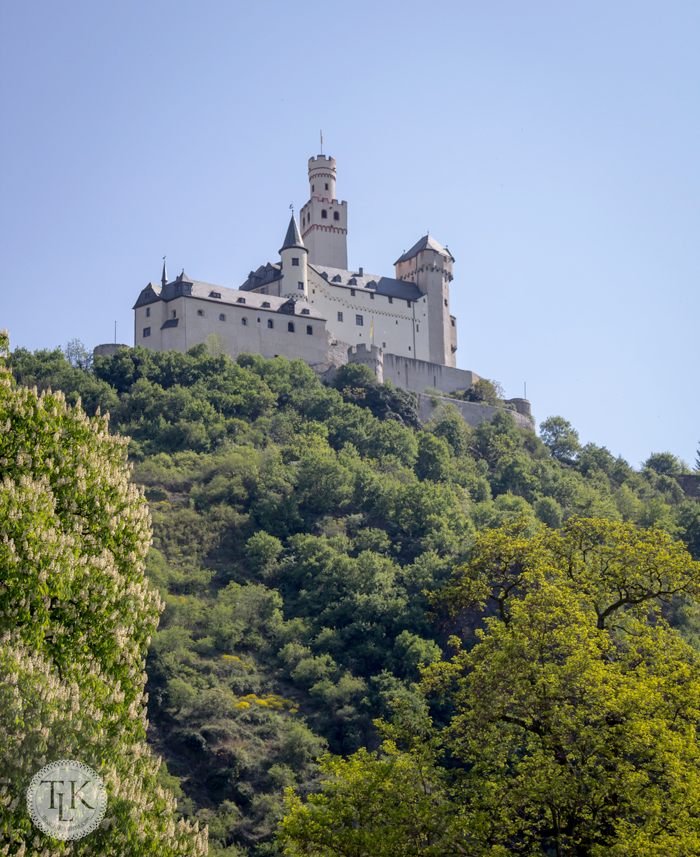
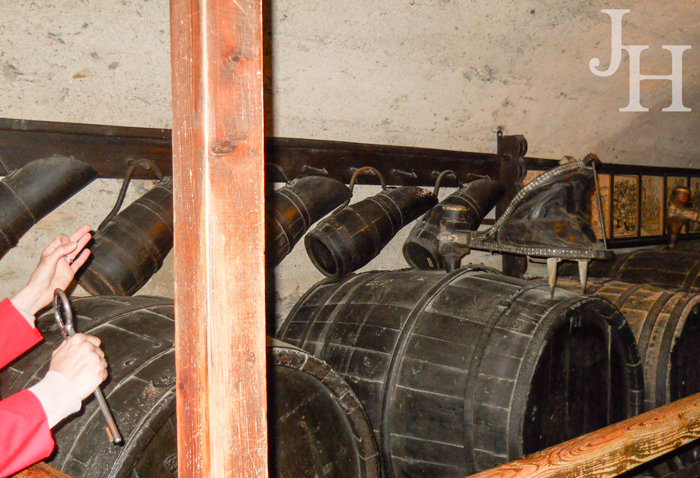
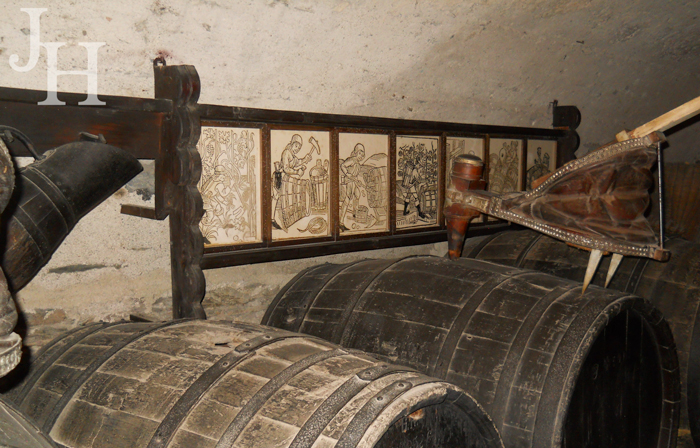
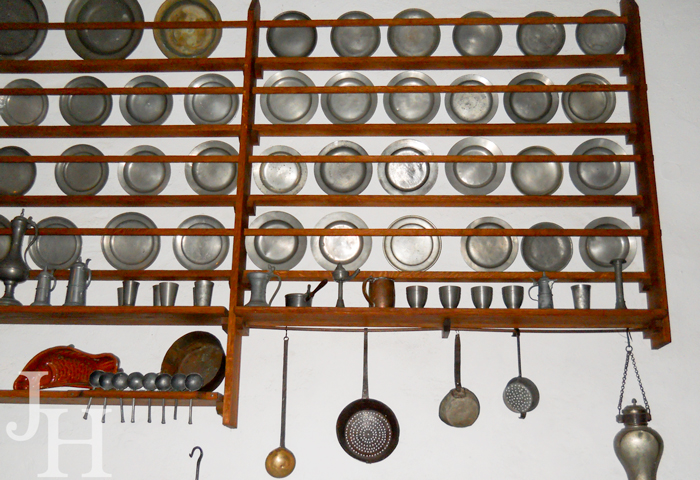
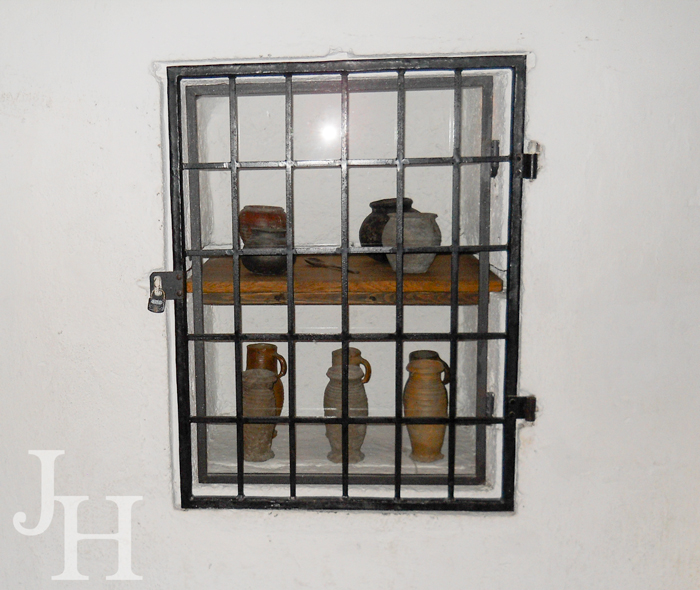
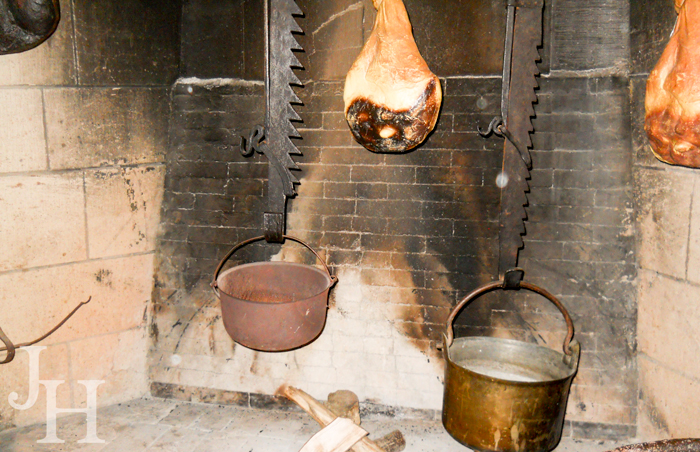
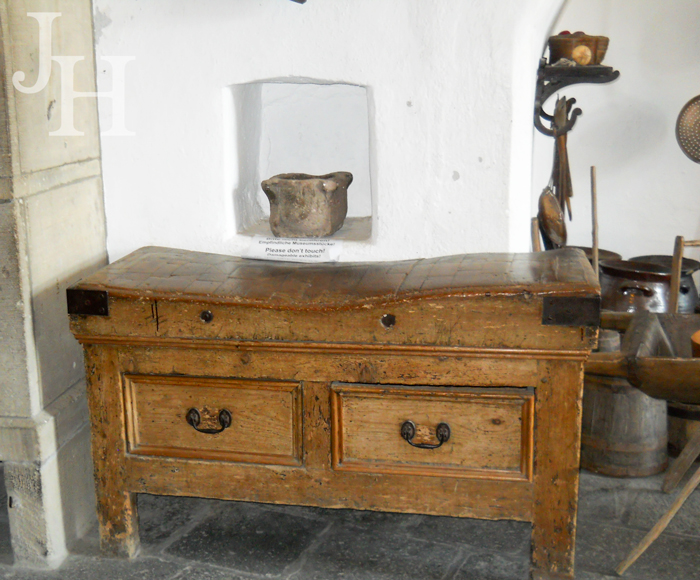
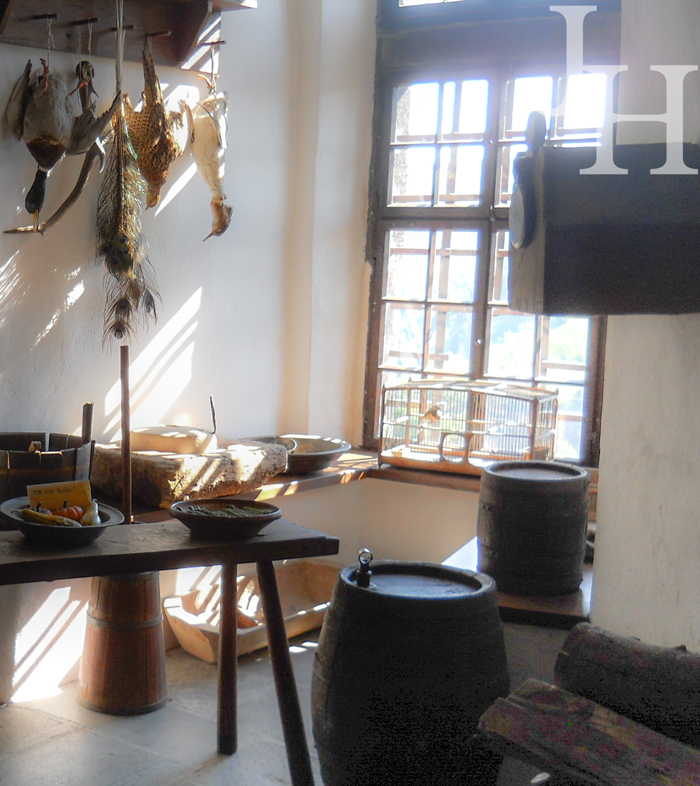
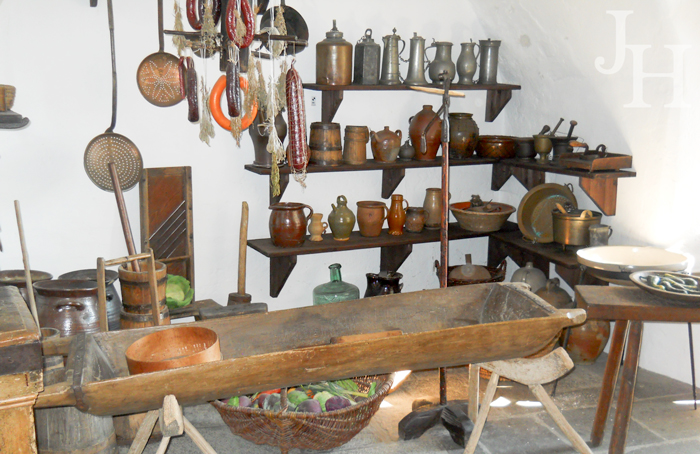
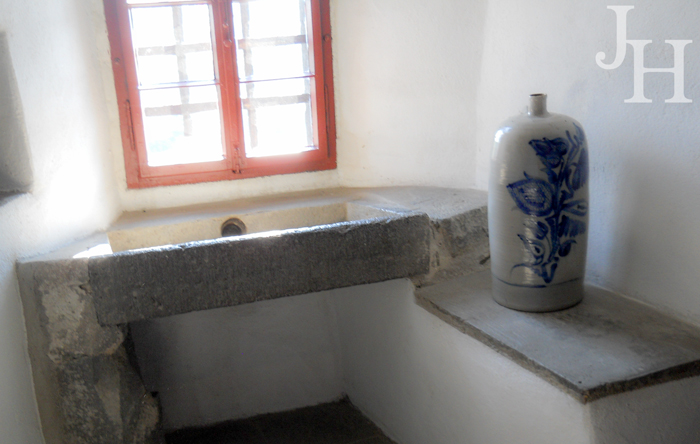
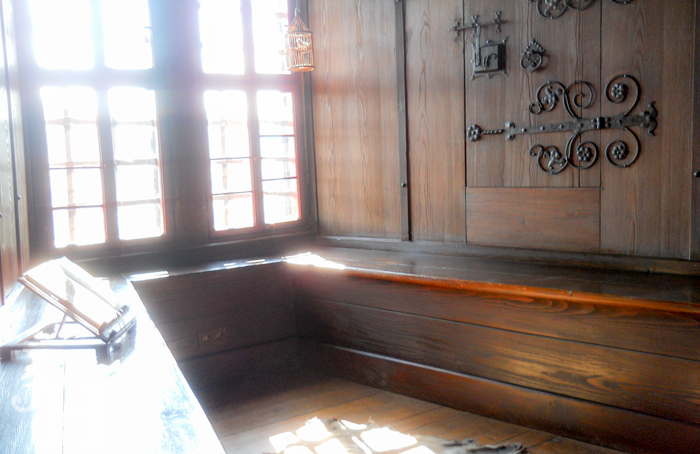
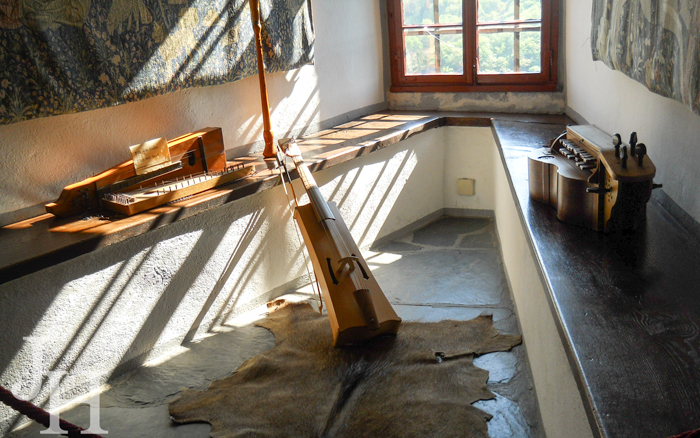
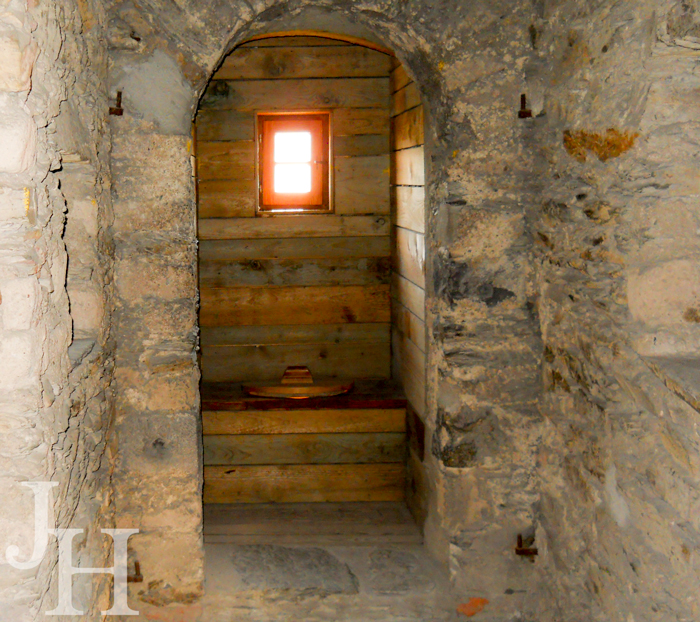
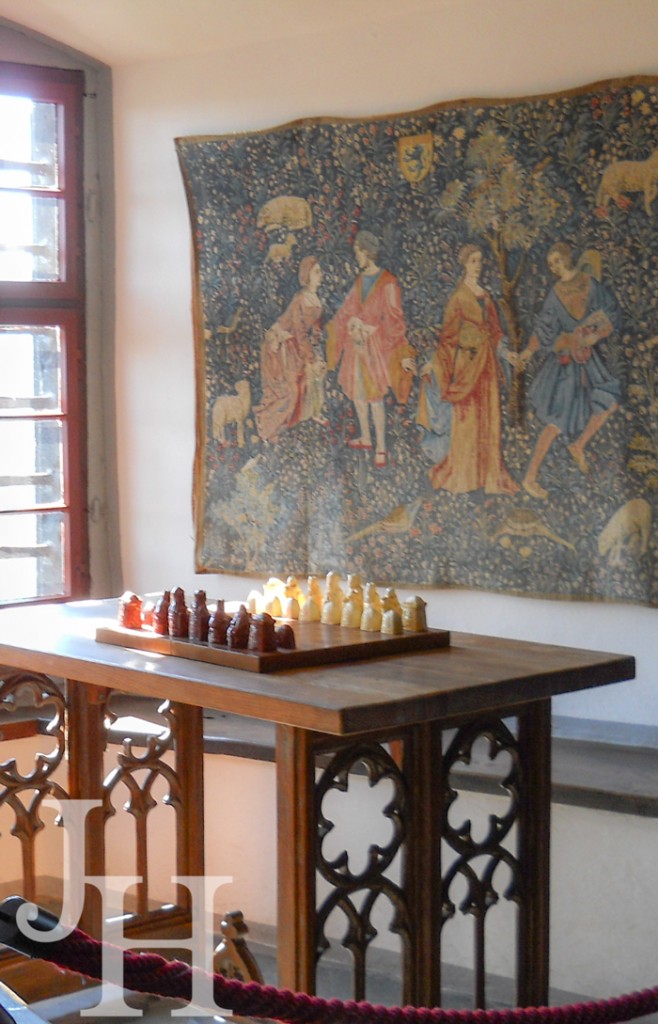
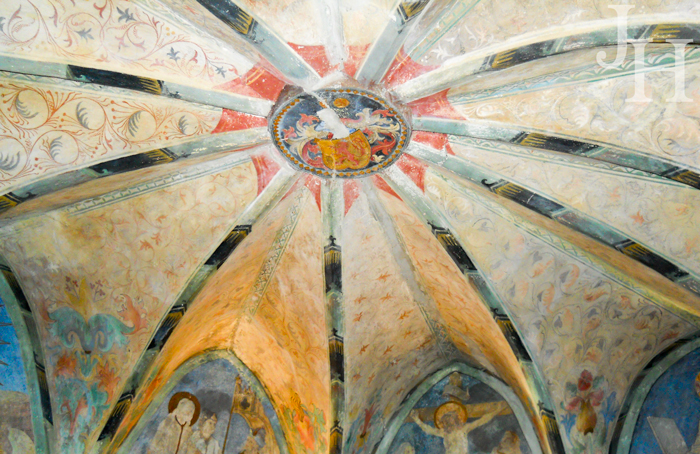
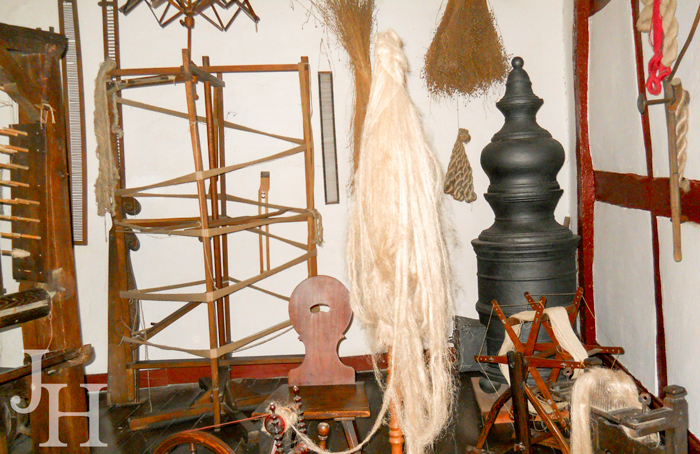
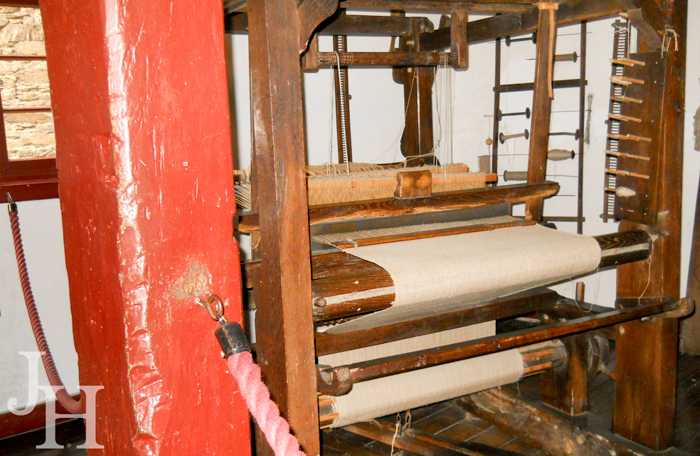
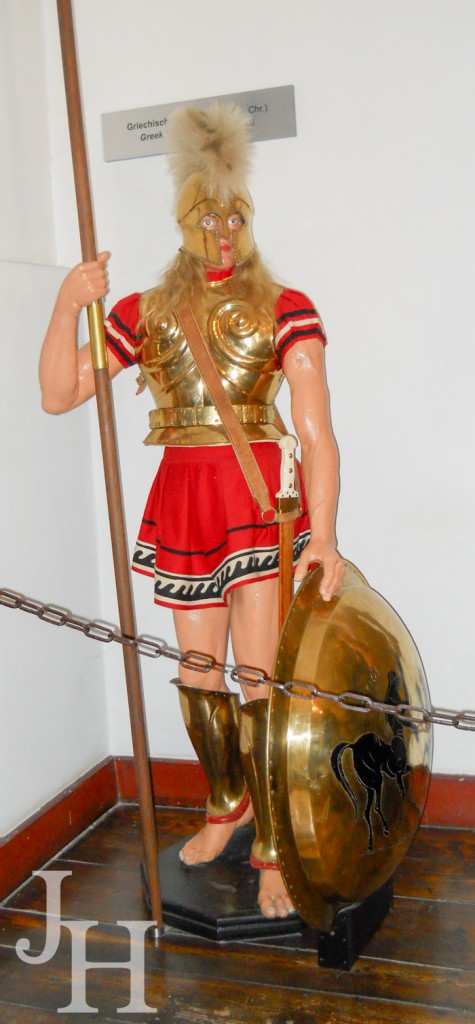
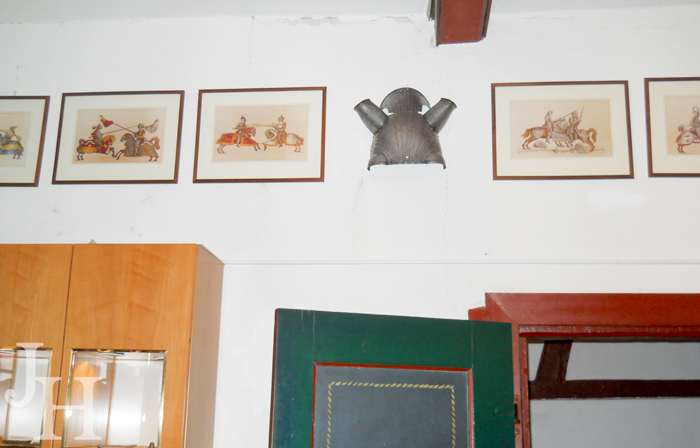
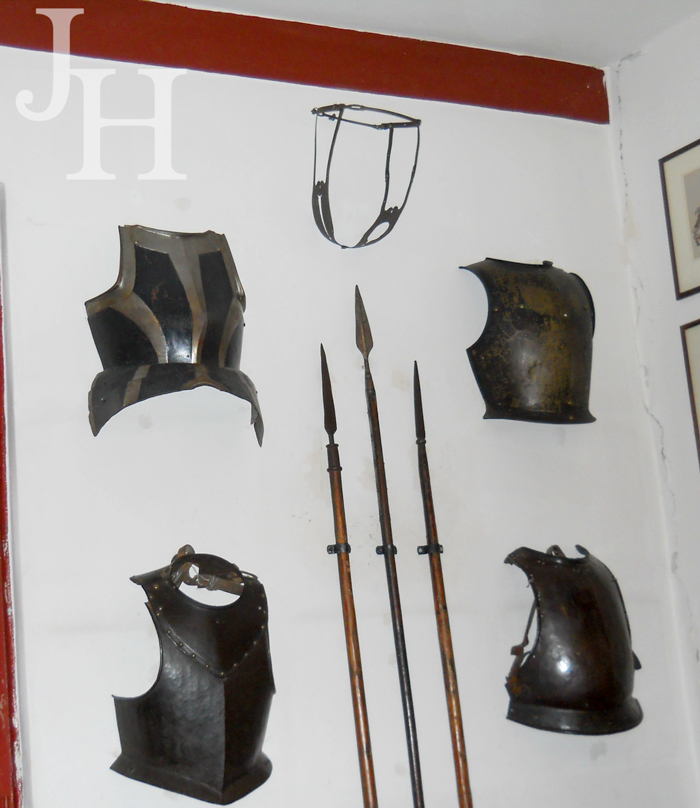
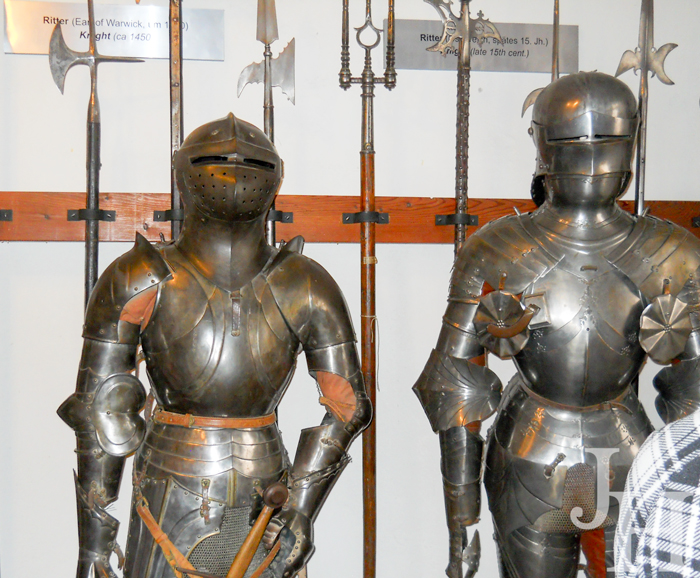
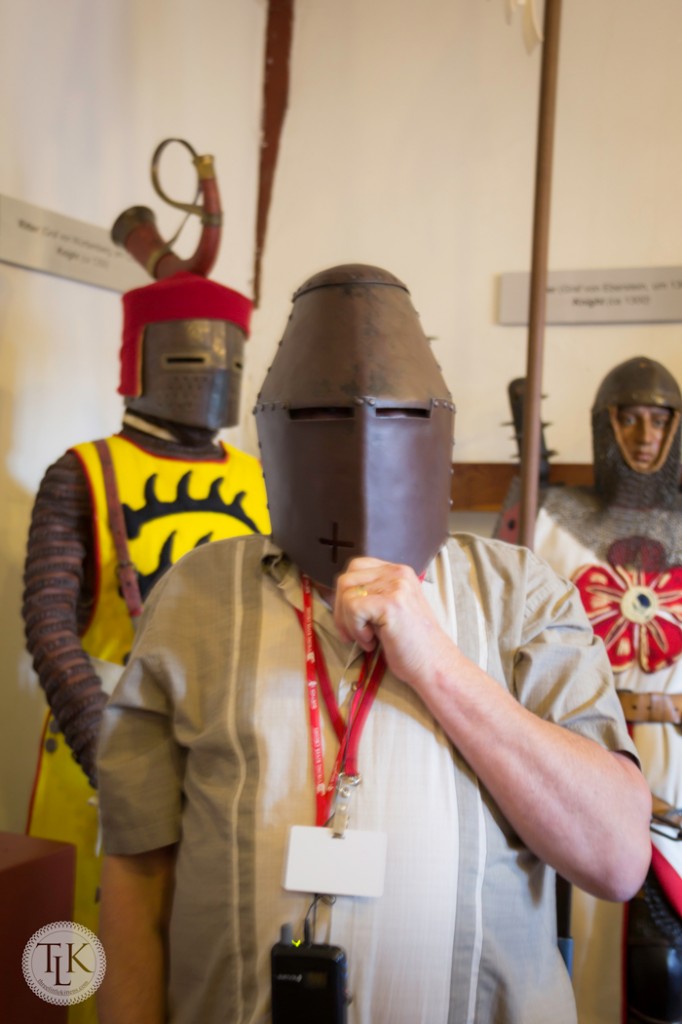
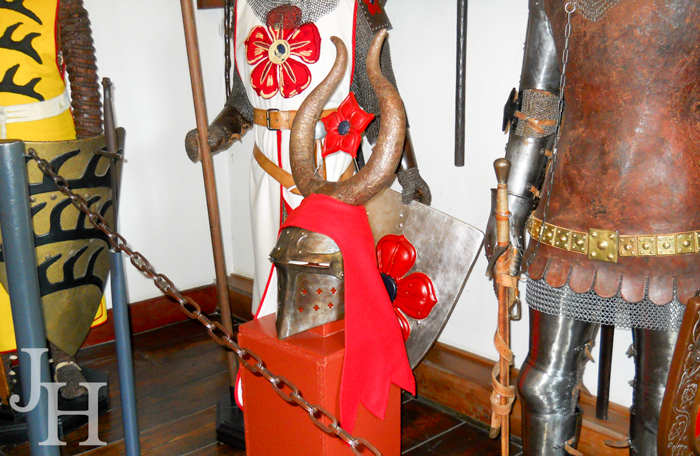
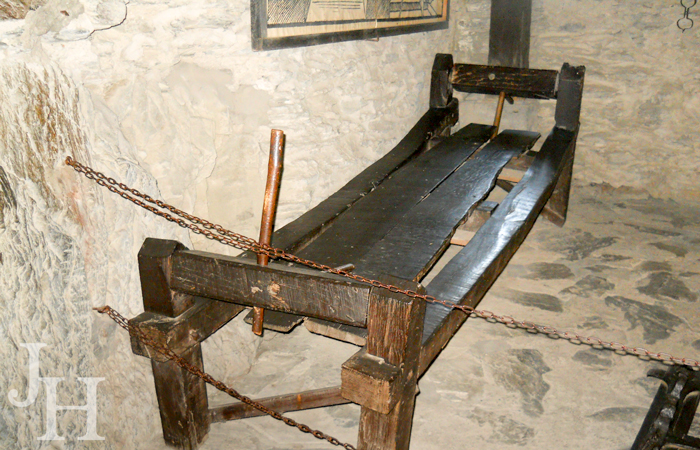
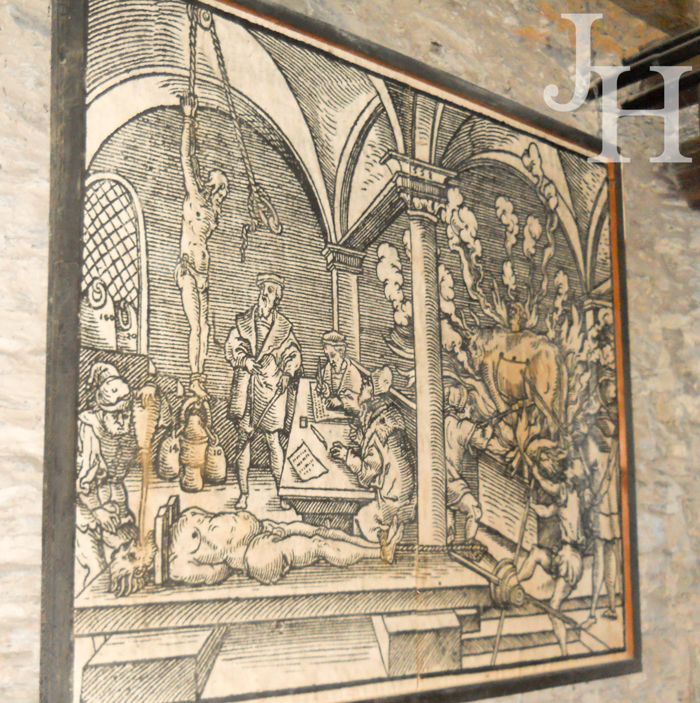
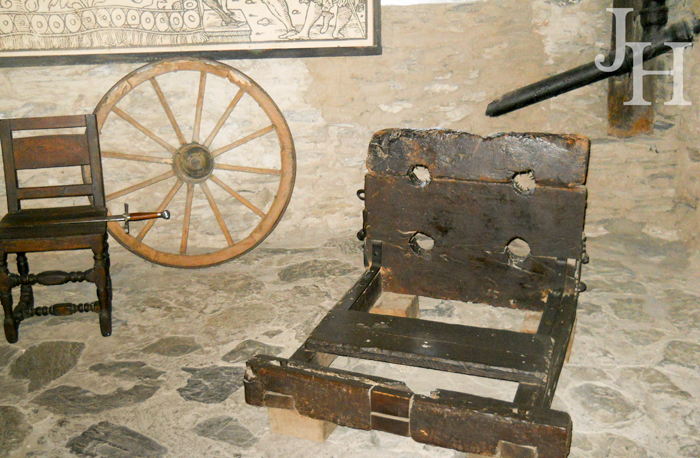
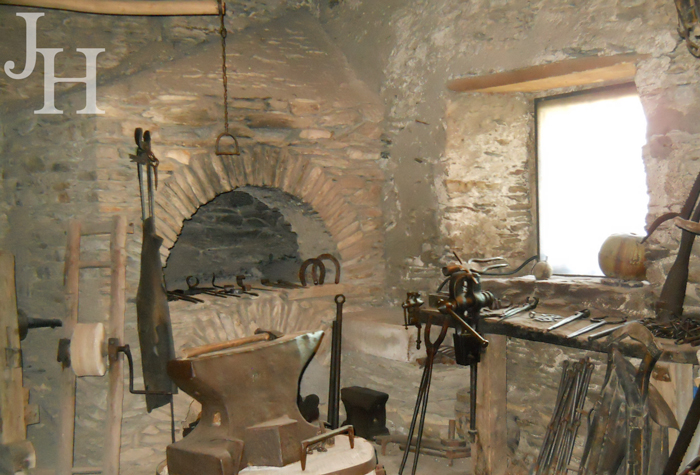
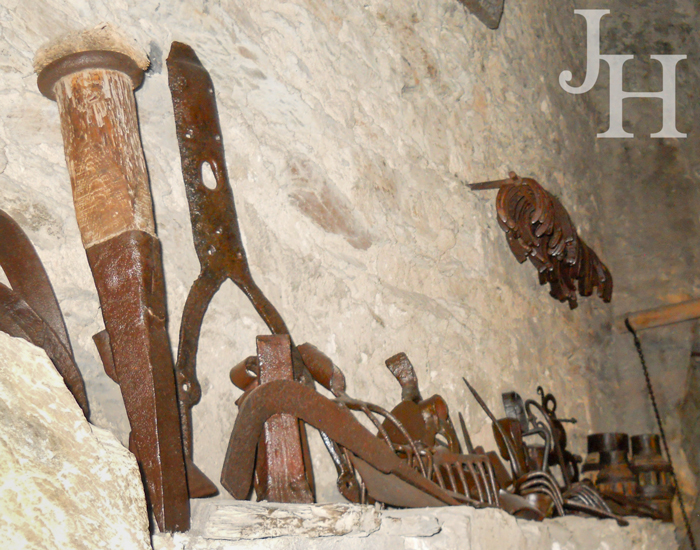
Leave a Reply